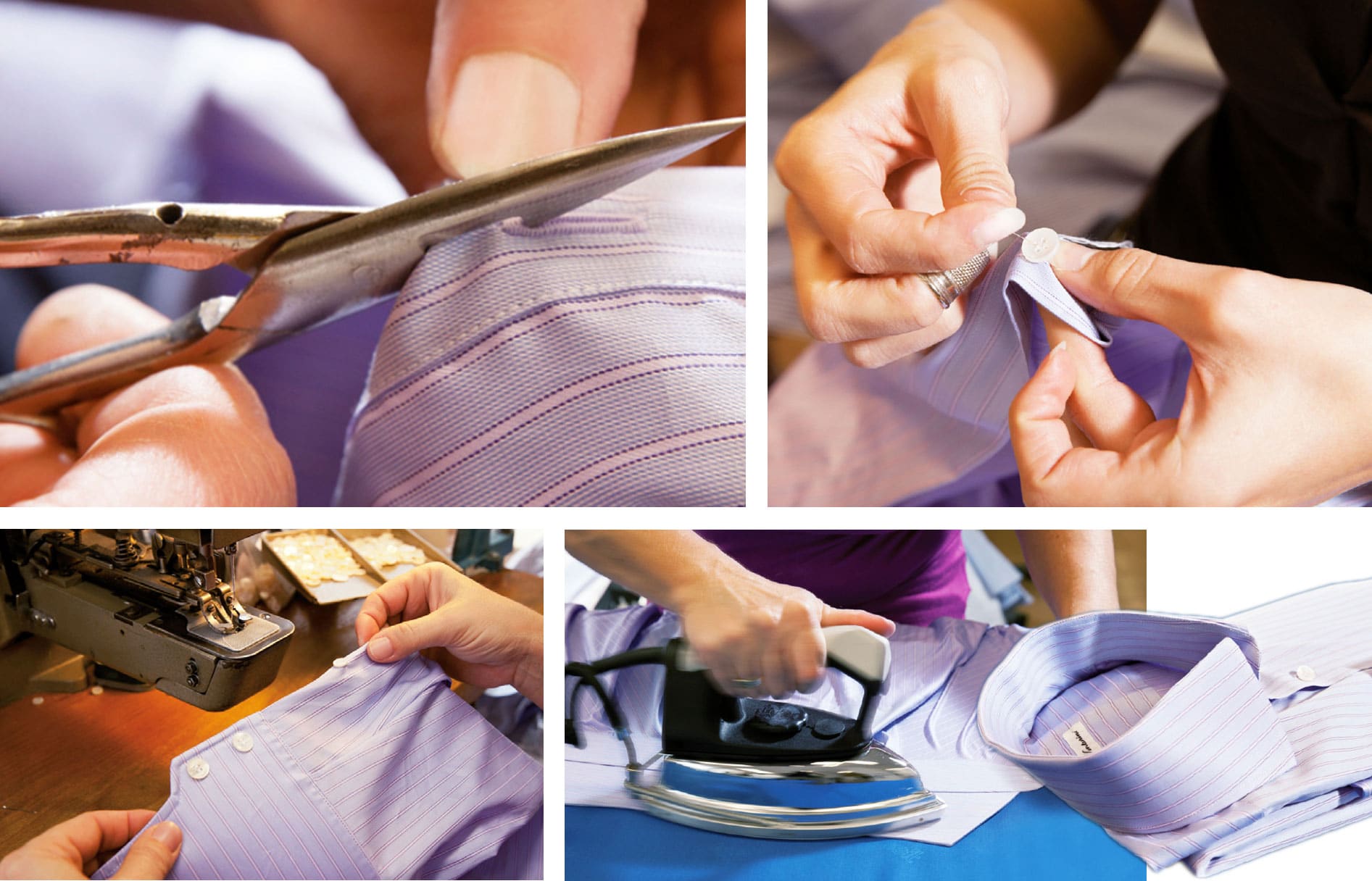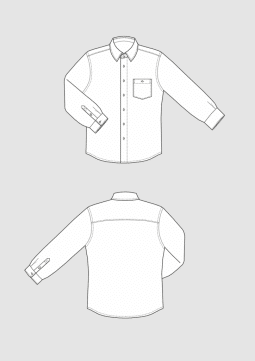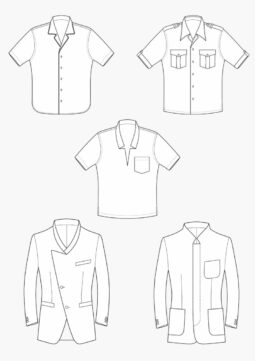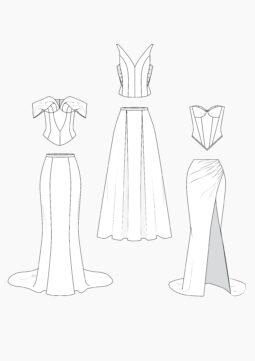The Manufacture of a Bespoke Shirt
Deutsch
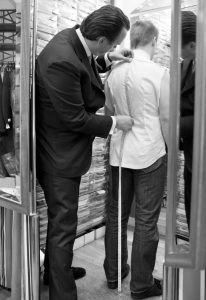 (Photo Credit: ERILL FRITZ)
(Photo Credit: ERILL FRITZ)
Like all traditional shirtmakers, Viennese Gino Venturini also makes shirts in his own workshop. This gives him 100% control over the product. Most suppliers of shirts work together with factory-based suppliers, they have little influence on the production of their orders, which often takes place hundreds of kilometres away. To what extent the shirts are actually sewn by hand in the shirt craftsmen’s workshops is another question.
An extract from the book “Der Gentleman nach Maß: Maßgeschneiderte Herrenkleidung” by fashion expert and style consultant Bernhard Roetzel
Shirt tailoring
The shirt comes closer to the body than any other garment that is tailored to the body. Strictly speaking, it is actually only the bespoke shirt that is tailored to the body, as it is often worn directly on the skin without an undershirt. How close it fits to the body is irrelevant. We feel the fabric very intensively. If the shirt is tailored very close to the body, then all the more so. That’s why real shirt tailors, i.e. craftsmen who sew the shirt according to an individual pattern in their own workshop, always work with try-ons. However, the final fabric is not cut for the fit test; the trial shirt is rather sewn from a cheaper residual material or from linen.
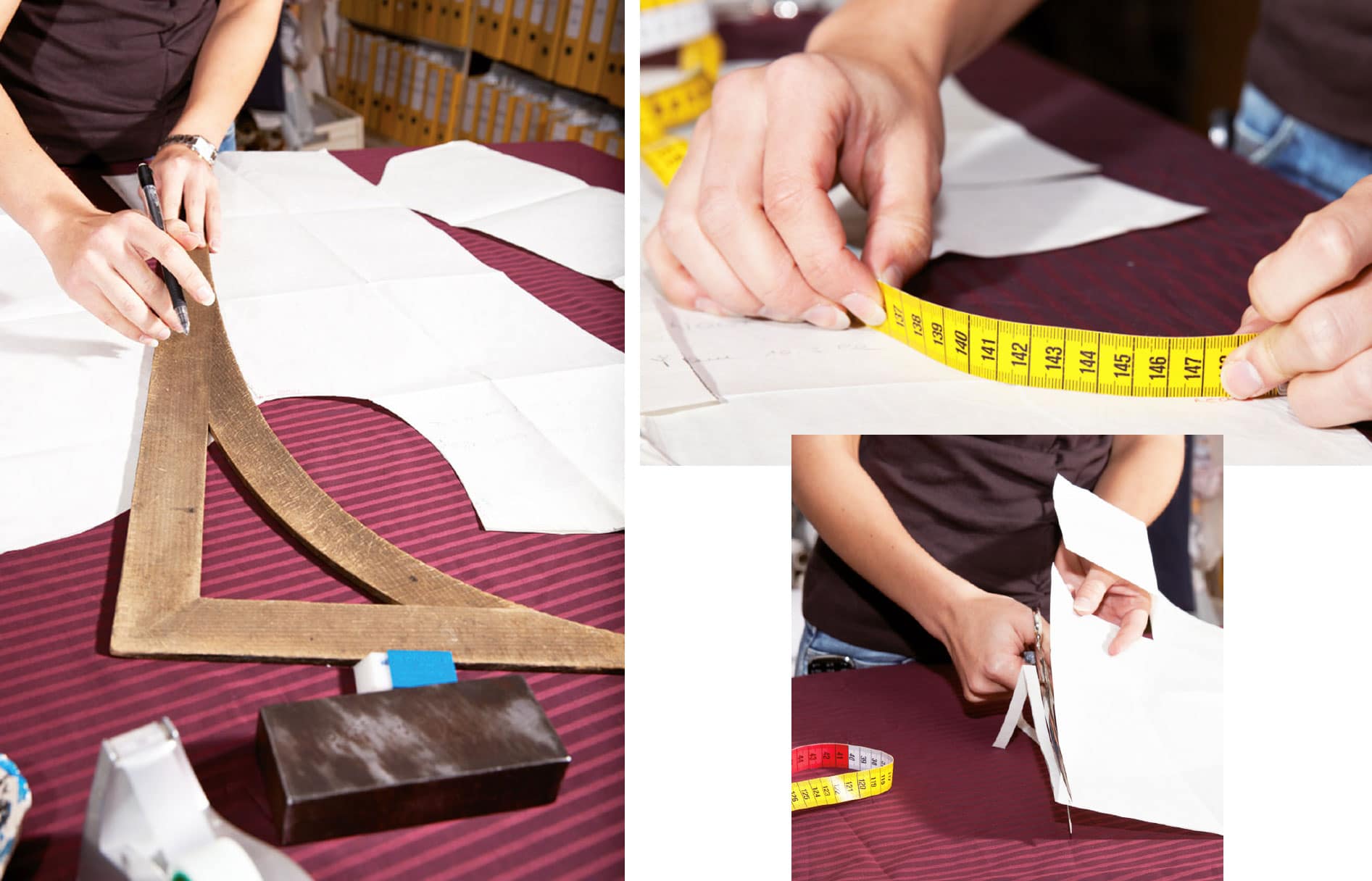
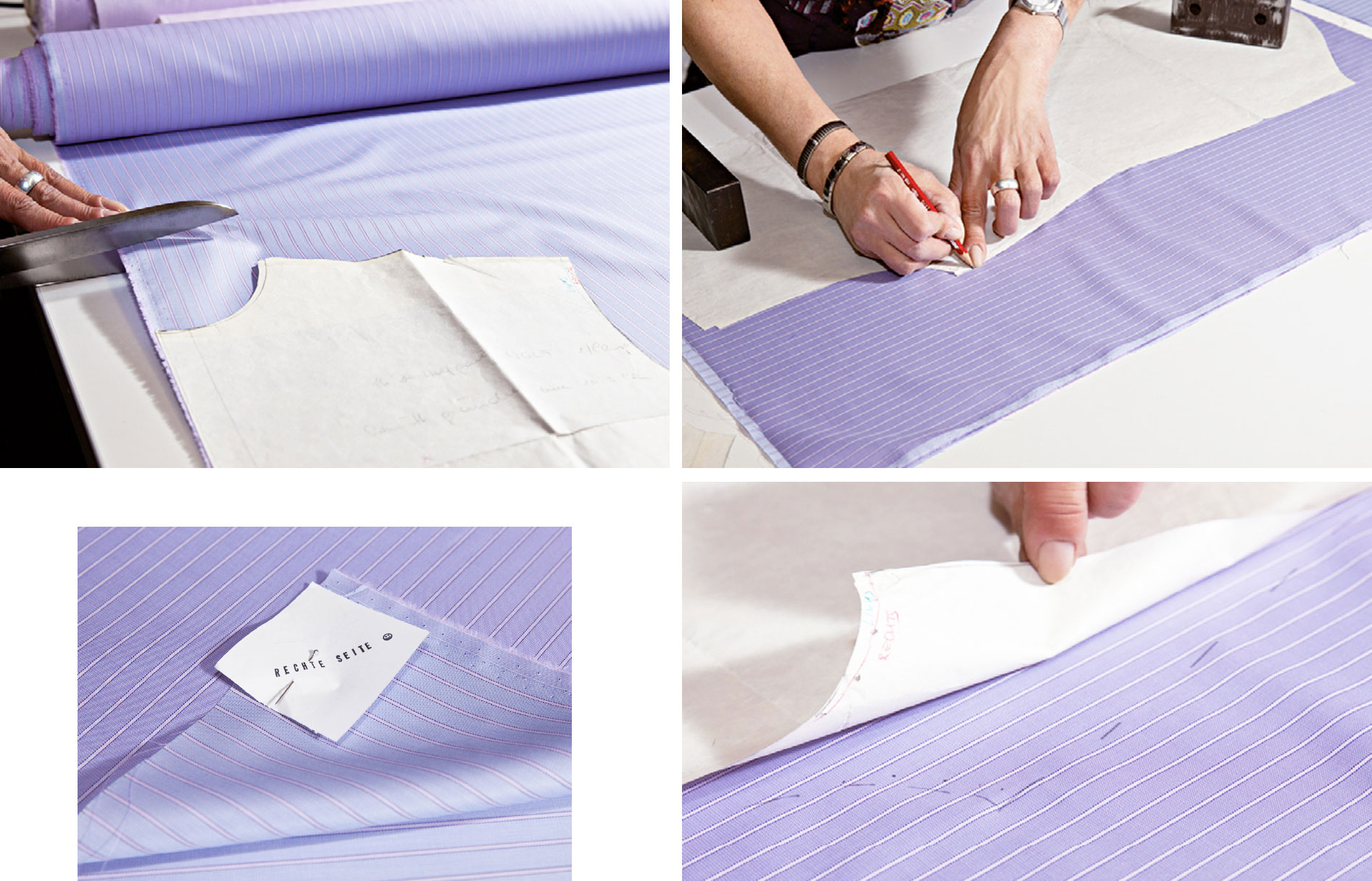
Bespoke Shirts
The majority of the so-called custom-made shirts come from factories, so they are made-to-measure shirts. This is not a defect – however, the difference to the shirt from the underwear tailor is not insignificant. To get to know this difference is a special pleasure. Because the real shirt tailor will also take into account the irregularities of the figure, for example the widespread one-sided hanging shoulder or the inclined posture. He will try to eliminate or at least minimise wrinkles, which otherwise appear on the shirt due to these figurative deviations. Unlike the suit tailor, he must do without inserts and padding, i.e. he must work purely “over the pattern”.
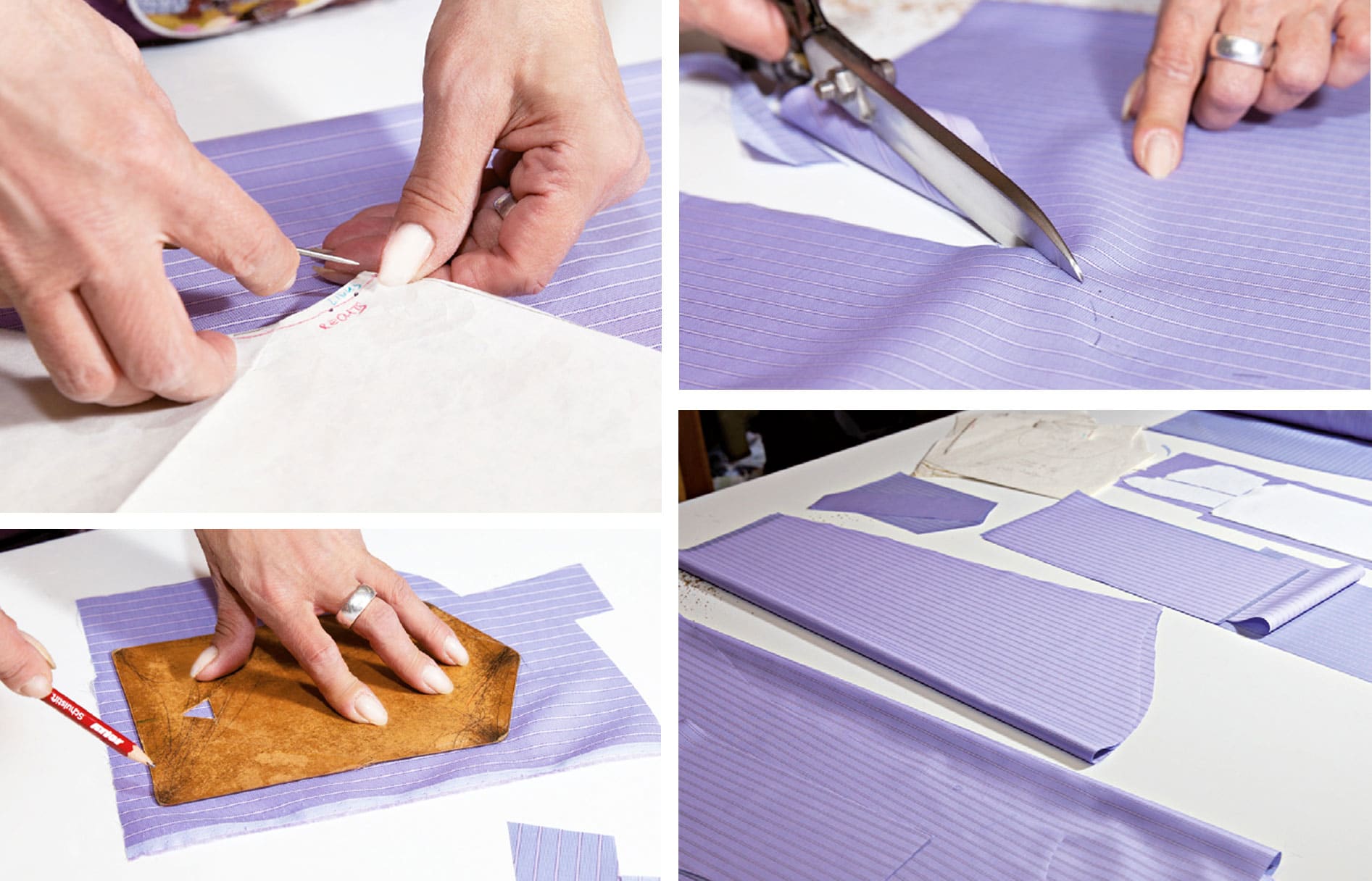
Made-to-measure shirts
Even the made-to-measure shirt can theoretically be adapted to special features of the growth. However, many sellers do not see these deviations from the norm at all or do not know how to handle them. The craftsman also offers maximum design freedom with the collar shape. With the try-on shirt, the collar can be cut to size or you can redraw its contour with a pencil. Custom-made clothing manufacturers often offer a very large number of collar shapes, but absolutely individual shaping is not possible. How much manual work goes into a custom-made shirt depends very much on where it is sewn. In Italy, at least hand-sewn buttonholes are a minimum standard, but often the sleeves, shoulder fits, collar and sleeve slits are also stitched by hand.
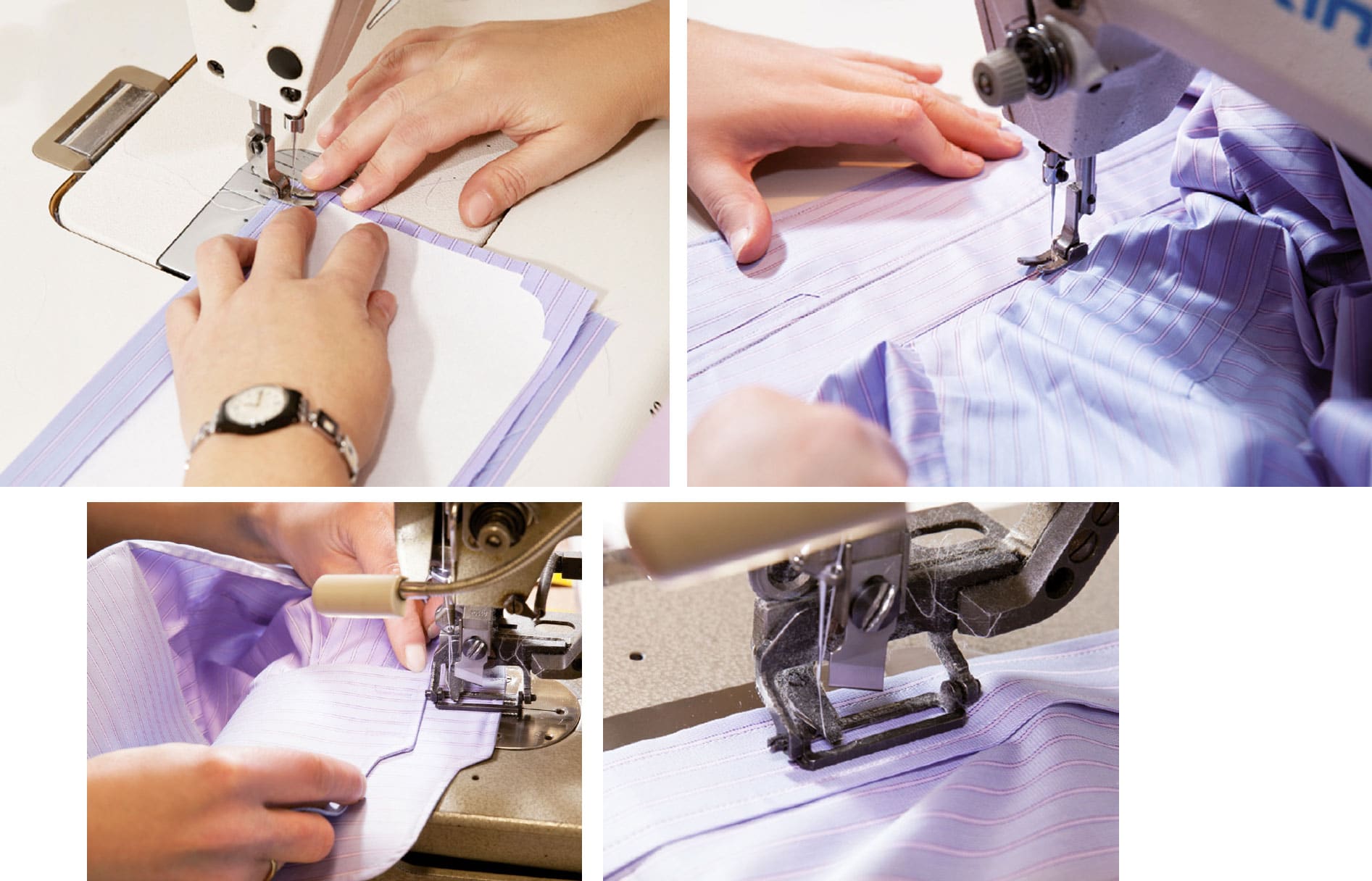
Handmade = made by hand?
Parisian studios also often rely on manual processing. In London, however, it is absolutely unusual, even for the most renowned suppliers, where only cutting is done by hand. This and the operation of the sewing machine by the seamstresses is then considered as “handmade”. Those who got a taste for italian made-to-measure shirts and are now looking for a studio for the individual production have to ask first exactly how it is worked there. Otherwise the tailor-made shirt will end up being more factory-made than the shirts previously worn off the peg or from the made-to-measure production. Even try-on shirts are not considered necessary everywhere in England, for example: Those who inquire about the working methods beforehand avoid disappointment.
